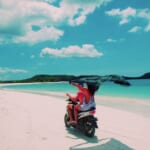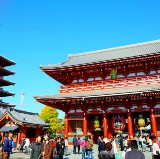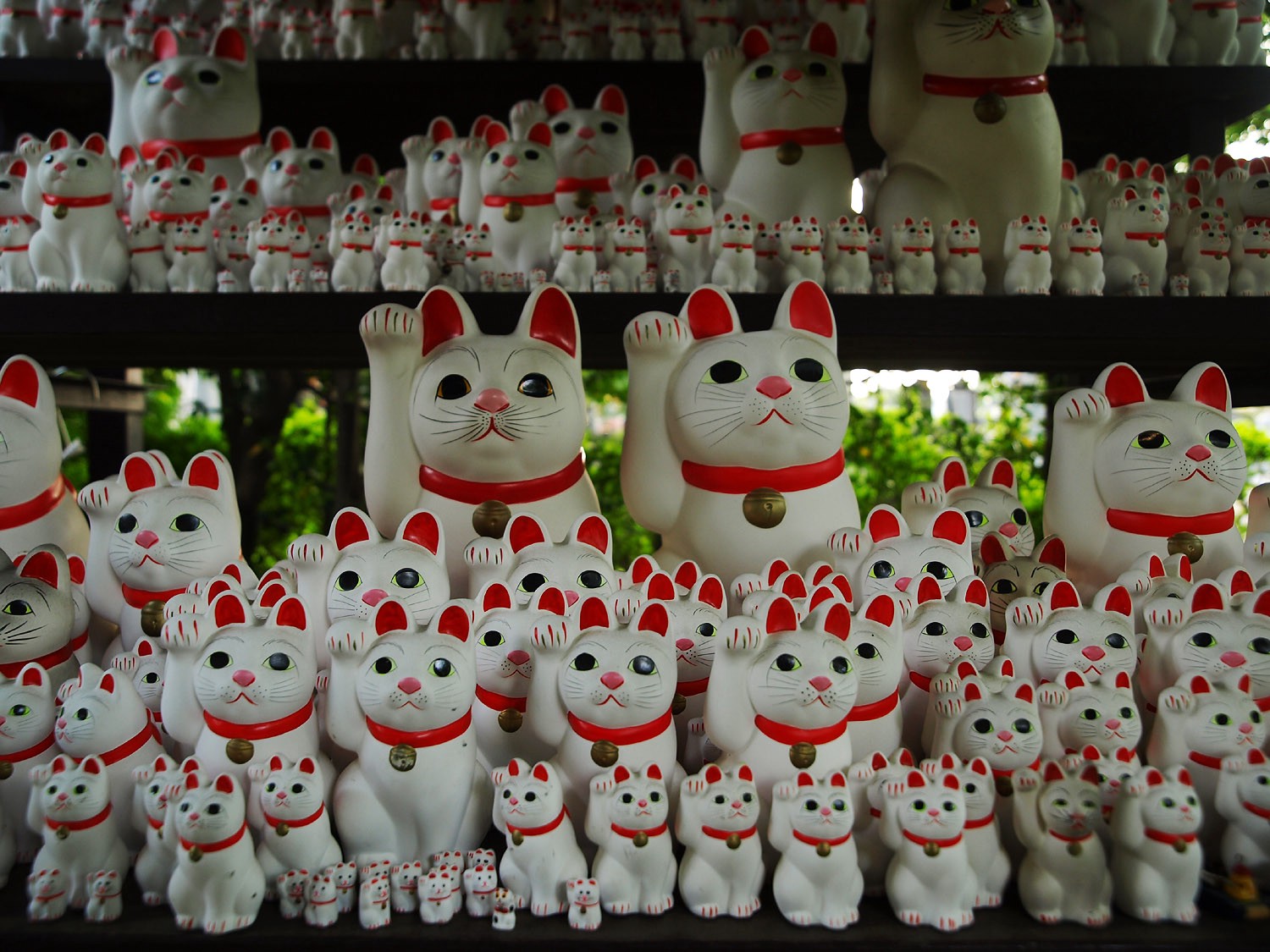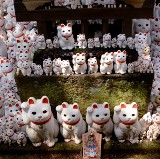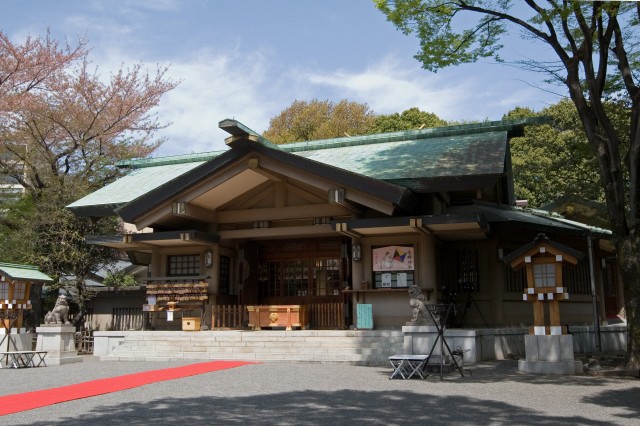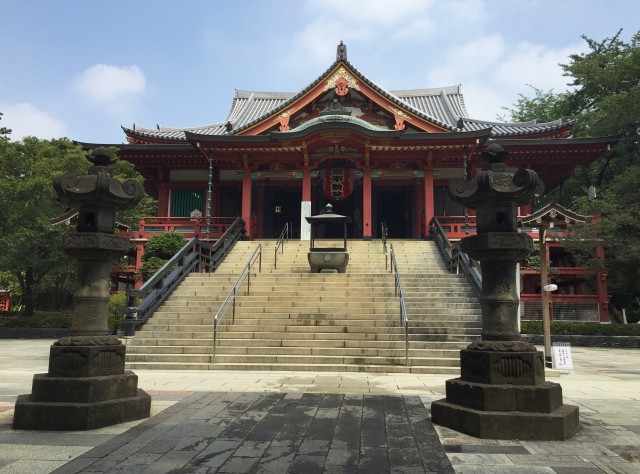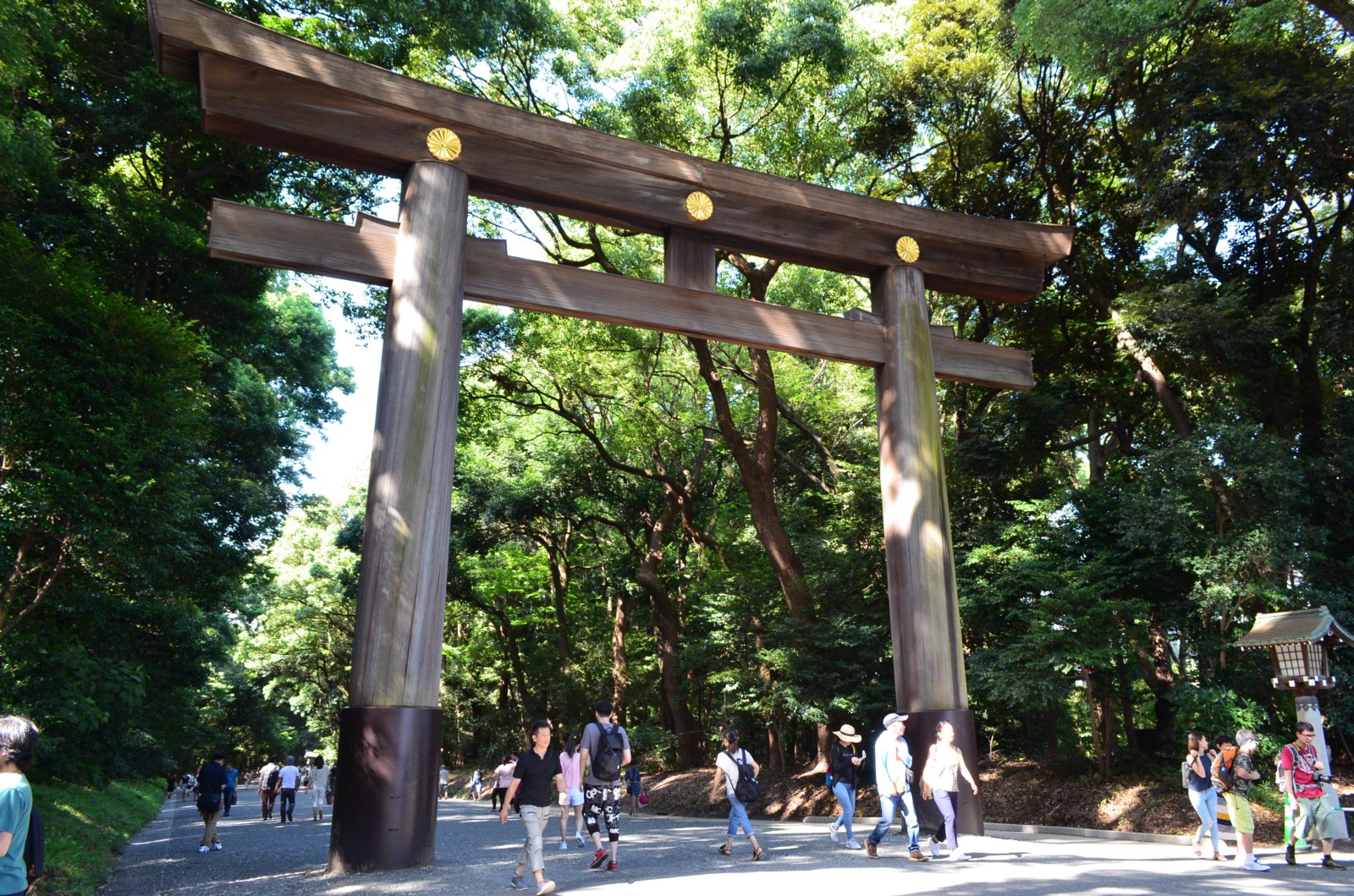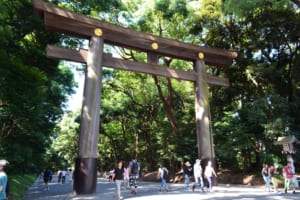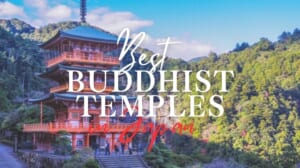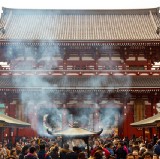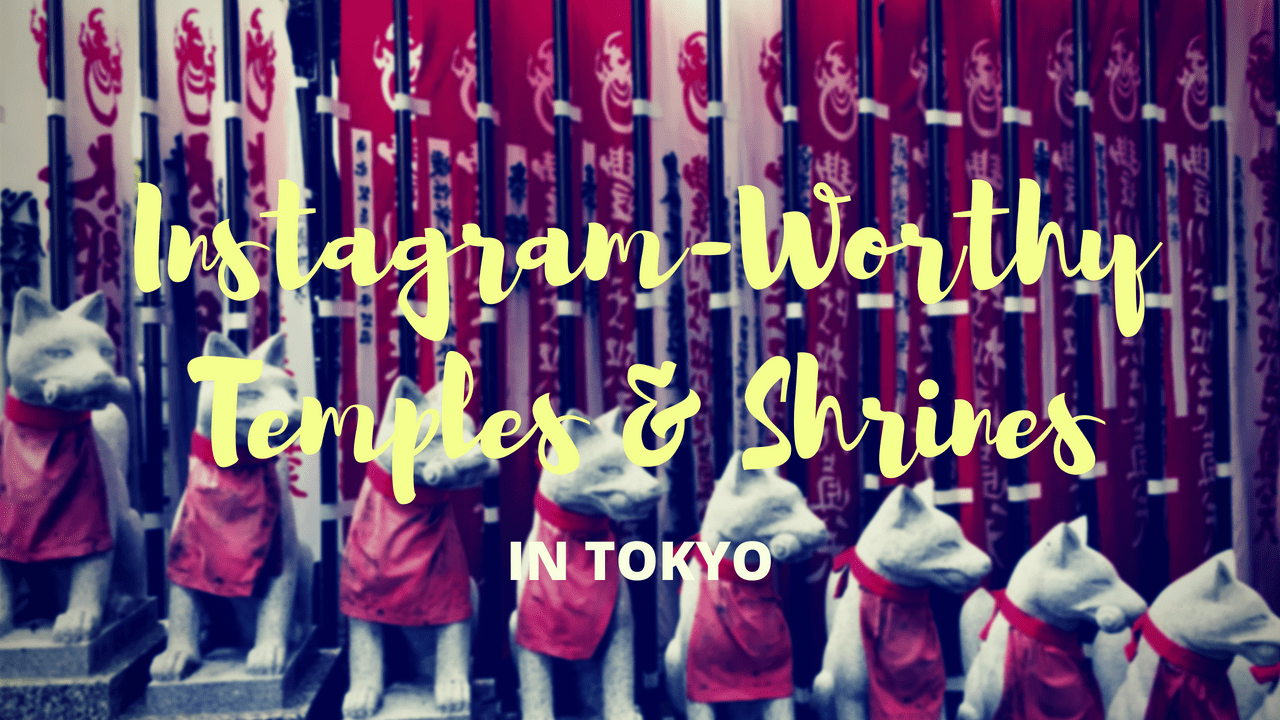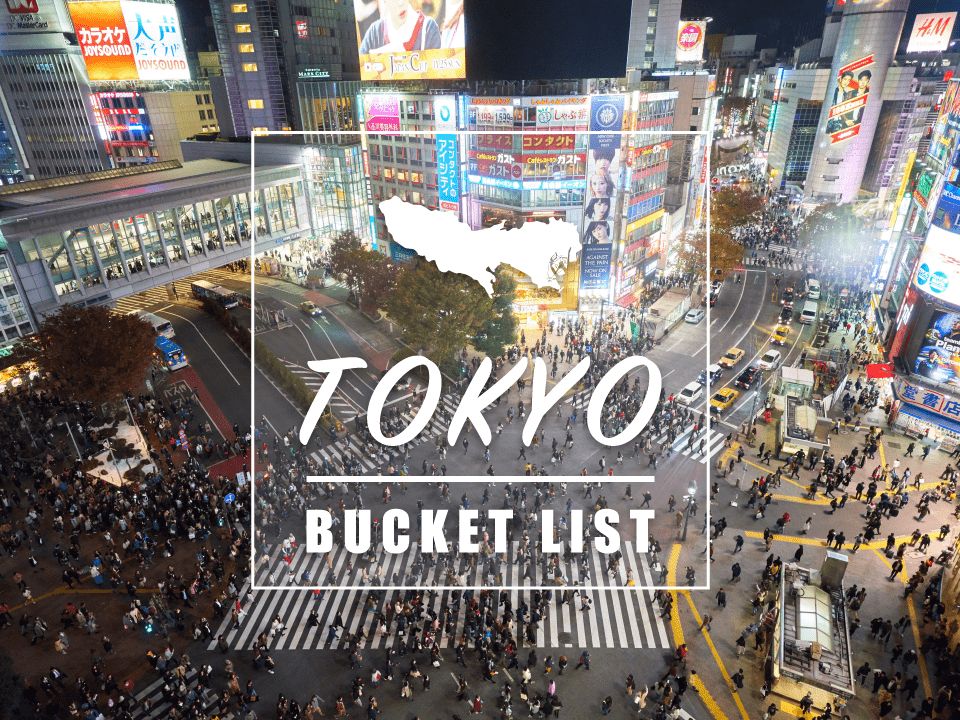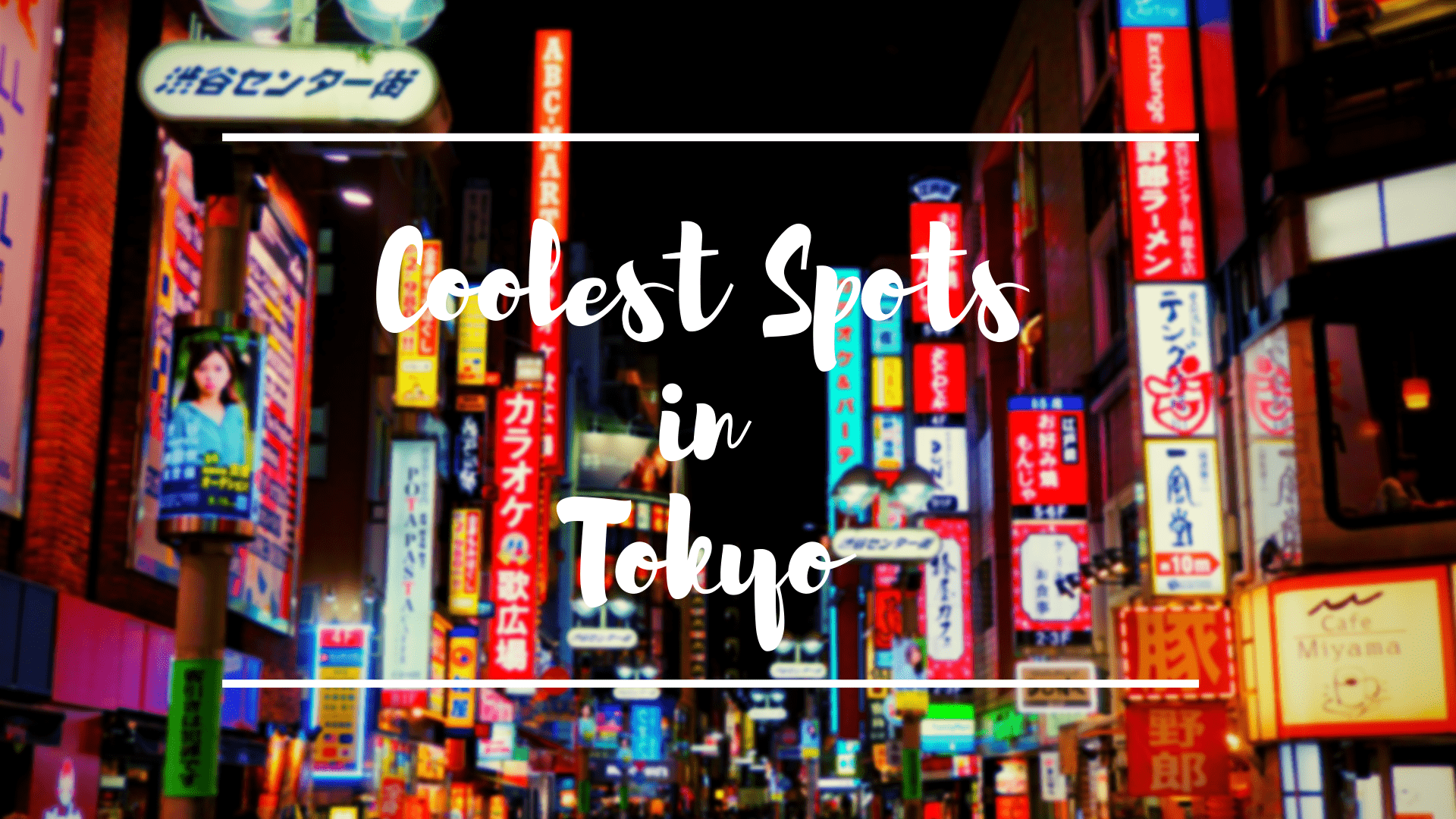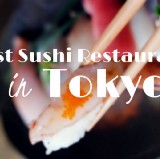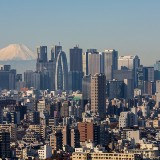5 Most Powerful Shrines and Temples in Tokyo
Must-Visit Shrines and Temples in Tokyo for Luck

There are over 150,000 temples and shrines in Japan. Basically temples refers to Buddhism and shrines to Japanese Shinto religion. They are both a part of Japanese people’s lives and it is believed that each one of them has a miracle power for us to accomplish/succeed in something if we strongly wish. Some of temples and shrines are considered to have even stronger power than others and draw worshippers’ attentions. I’m going to introduce 5 temples/shrines which are considered to be the most powerful ones in Tokyo. Bring your wishes when you visit there!
No 5. Senso-ji Temple
The oldest temple in Tokyo, Sensoji Temple (浅草寺) is located in Asakusa area, which is known as the historical capital in Tokyo. Sensoji Temple is one of the most popular tourist destinations in Japan, and visitors enjoy taking photos at the iconic red front gates, Nakamise shopping street, and worshipping at this historical temple. As well as its touristic attractions, the temple has been visited by millions of worshippers for many years as it’s believed for giving good luck for wealth, business and succeeding in your life.
Address: 2–3–1, Asakusa, Koto-ward, Tokyo
Nearest Station: 2 minutes walk from Asakusa station
No 4. Gotoku-ji Temple
Gotokuji Temple (豪徳寺) a.k.a. “cat temple” has over 1,000 cats statues in the site. Those cats prove the power of the temple. The cat statues can be purchased at the temples and worshippers whose wish come true after visiting there dedicates the cat statues to the temple. So more statues, more wishes have become real. Gotokuji Temple is recently popular among Instagrammers and photographers who want to capture this unique view of
Address: 2–24–7 Gotokuji, Setagaya-ward, Tokyo
Nearest Station: 6 minutes walk from Miyanosaka station
No 3. Togo Shrine
Togo Shrine (東郷神社) is named after the famous marshal “Heihachiro Togo” who gained a great victory against Baltic fleet during Russo-Japanese War in 1940s. After his death, the shrine was built and dedicated to him with huge donation by the people who magnified his career and achievement. So the shrine has been believed to have a power for “victory” blessed by the great marshal. Togo Shrine is located in Harajuku area, and very closed to the famous shopping streets such as Takeshita Street, Meiji Street and Omotesando Street.
Address: 1–5–3 Jingumae, Shibuya-ward, Tokyo
Nearest Station: 5 minutes walk from Harajuku station
No 2. Ryusen-ji Temple (Meguro Fudoson)
Ryusen-ji Temple or better known as Meguro Fudoson (目黒不動尊 瀧泉寺) was originally built in 808, yet flourished during the Edo period, when Meguro was a popular pilgrimage site. Notably the temple was built based on Feng Shui to maximize its force and believed in having a special power for health and curing diseases.
Address: 3–20–26 Shimomeguro, Meguro-ward, Tokyo
Nearest Station: 12 minutes walk from Fudomae station
No 1. Meiji Shrine
Meiji Shrine or Meiji Jingu (明治神宮) was built as a dedication for the deified spirits of Emperor Meiji and his wife, Empress Shōken. It’s also known as the most visited shrine in Japan which welcomes over 3 millions worshippers for “Hatsumode” (first shrine visit for Japanese new year). The spacious 70 ha shrine is mostly known for having a power for love knots. In front of the main hall, there are two camphor trees called “Meotokusu”(means a couple tree) which is considered to be the strongest “power spot” of the site. Meiji Shrine is located within a short work from JR Harajuku Station, and easy to access to/from the famous shopping area of Harajuku area.
Address: 1–1 Yoyogikamizonocho, Shibuya-ward, Tokyo
Nearest Station: 1 minutes walk from Harajuku Station
How to worship at shrines/temples:
(Although the way to worship could be different at each shrine/temple, here is the most common way at many of them in Japan)
- Bow your head right before the front gate
- Wash your hands and mouth
-I. wash your left hand with the scoop
-II. and right hand
-III. rinse your mouth.
-IV. wash the handle of it with the same water. - Pray in front of the main hall
-I. Bow twice
-II. Softly clap your hands twice
-III. Make another bow deeply
For more articles about Japan, check these links!!
▽ Related Articles▽
▼Editor’s Picks▼
Written by
"The world is my oyster." As a dedicated globetrotter and hammock enthusiast, I’ve spent years chasing new experiences, collecting stories, and discovering the world’s most incredible destinations. Born and raised in Japan, I’ve always had a deep connection to my roots, but my love for adventure has led me to spend over a decade exploring countries across the globe—from culture-rich cities to remote hideaways.
Travel isn't just a hobby for me; it's a lifestyle. I'm constantly searching for new ways to fuel my wanderlust. Over the years, I’ve developed a wealth of knowledge and a treasure trove of tips that make traveling more enjoyable, practical, and meaningful.
Through my experiences, I've come to appreciate not only the beauty of travel but also the importance of understanding diverse cultures, embracing the unfamiliar, and stepping out of my comfort zone. My travels have shaped who I am today, and I’m excited to share those lessons with others.
With Japan Web Magazine, I aim to offer practical advice, insider tips, and firsthand stories that help travelers navigate their journeys to Japan or setting off on a global adventure. From hidden gems in Japan to travel hacks that make any trip smoother, I hope my insights inspire you to embark on your own adventures and make the most of every moment. Let’s explore the world together!
You can also find my stories here ▶ https://medium.com/@nahobm
